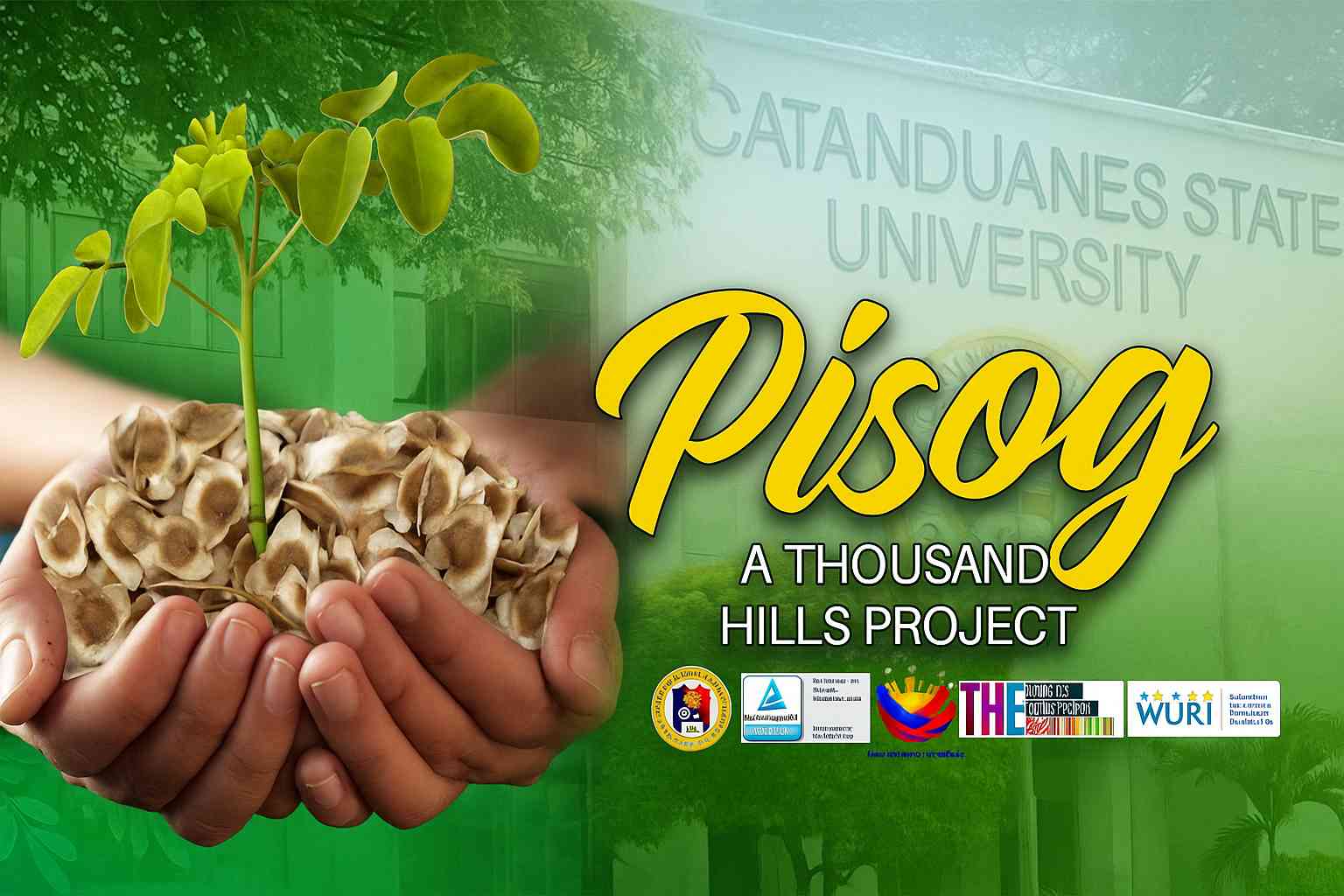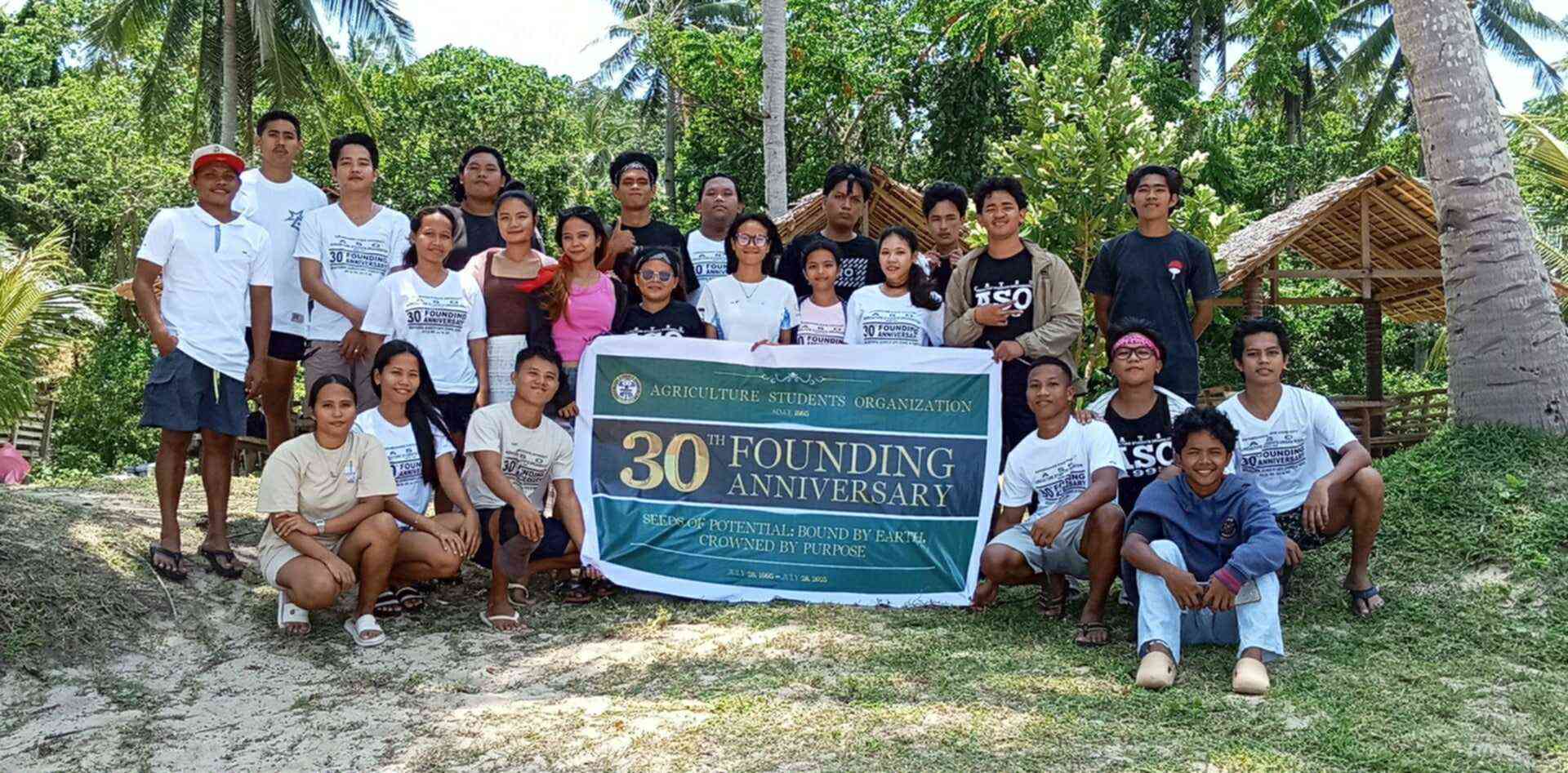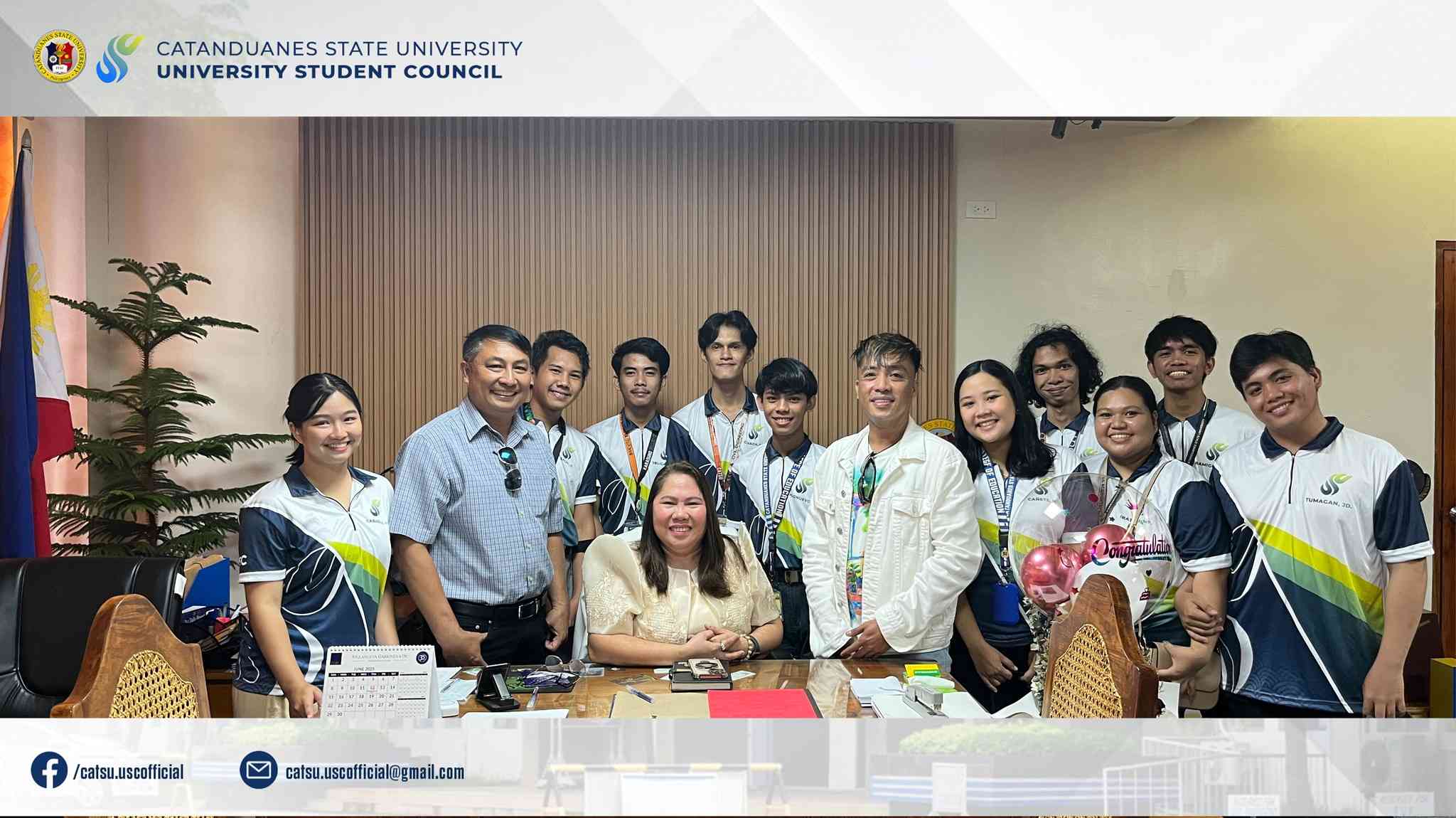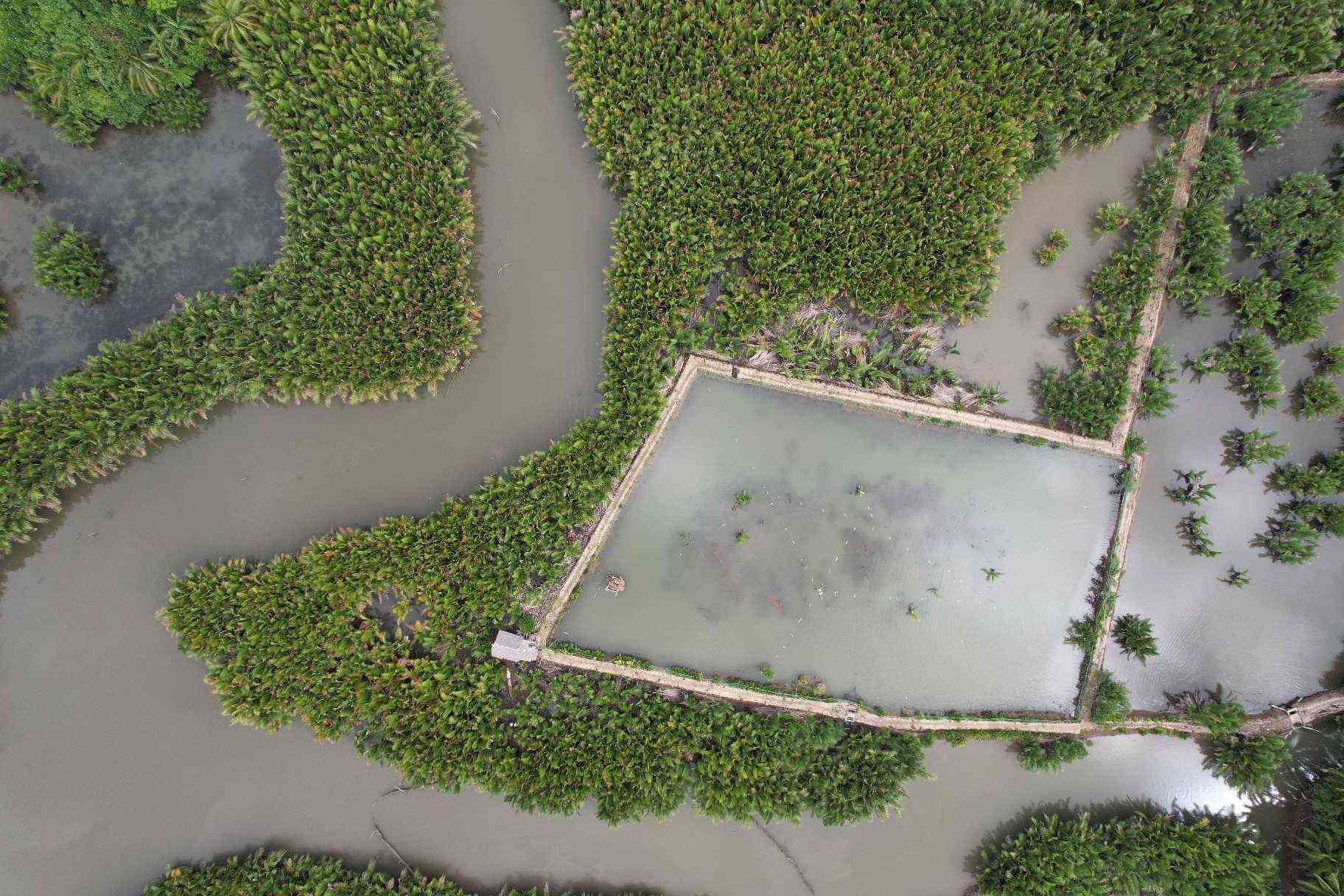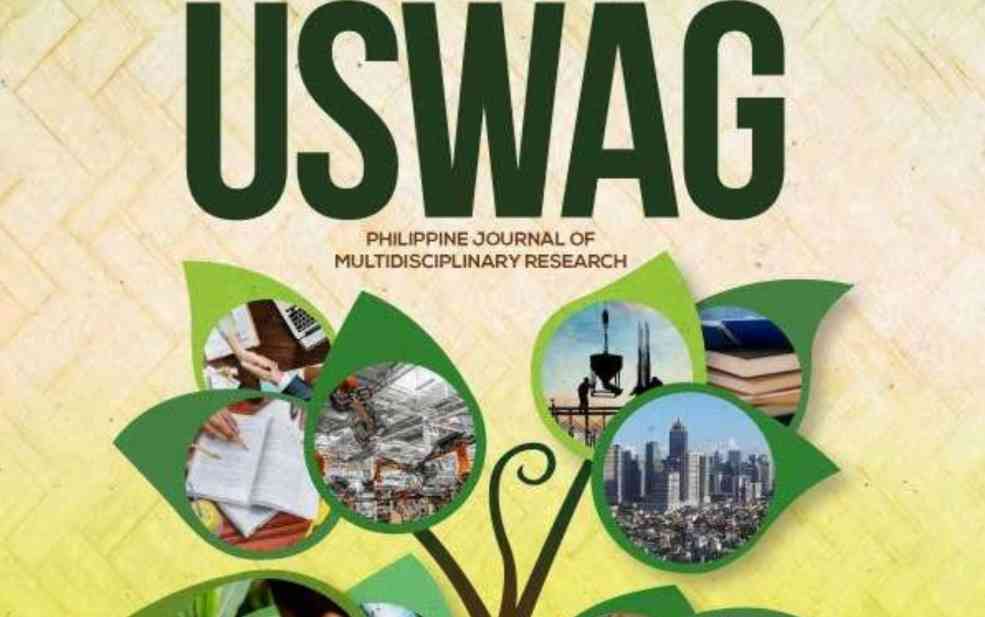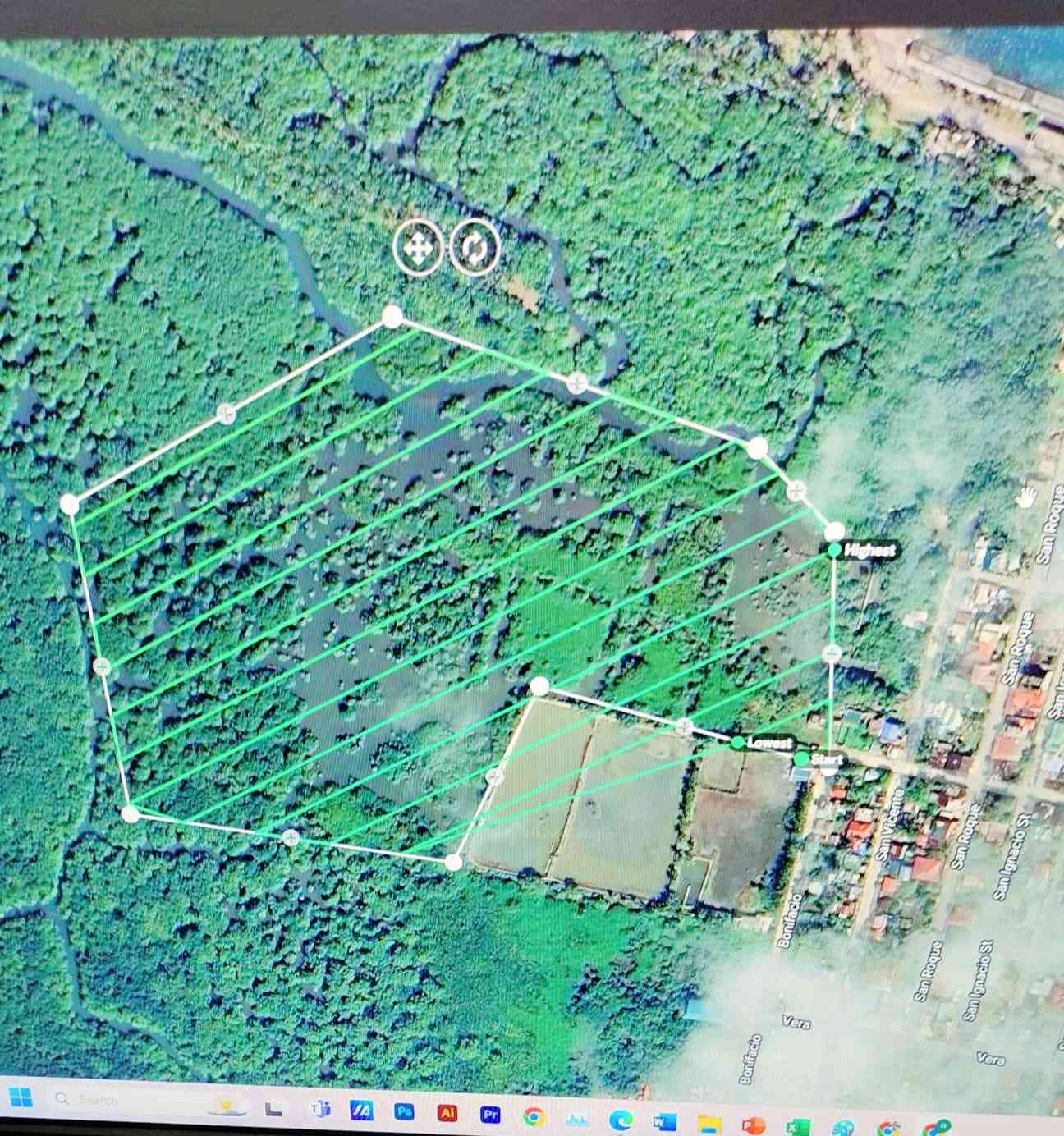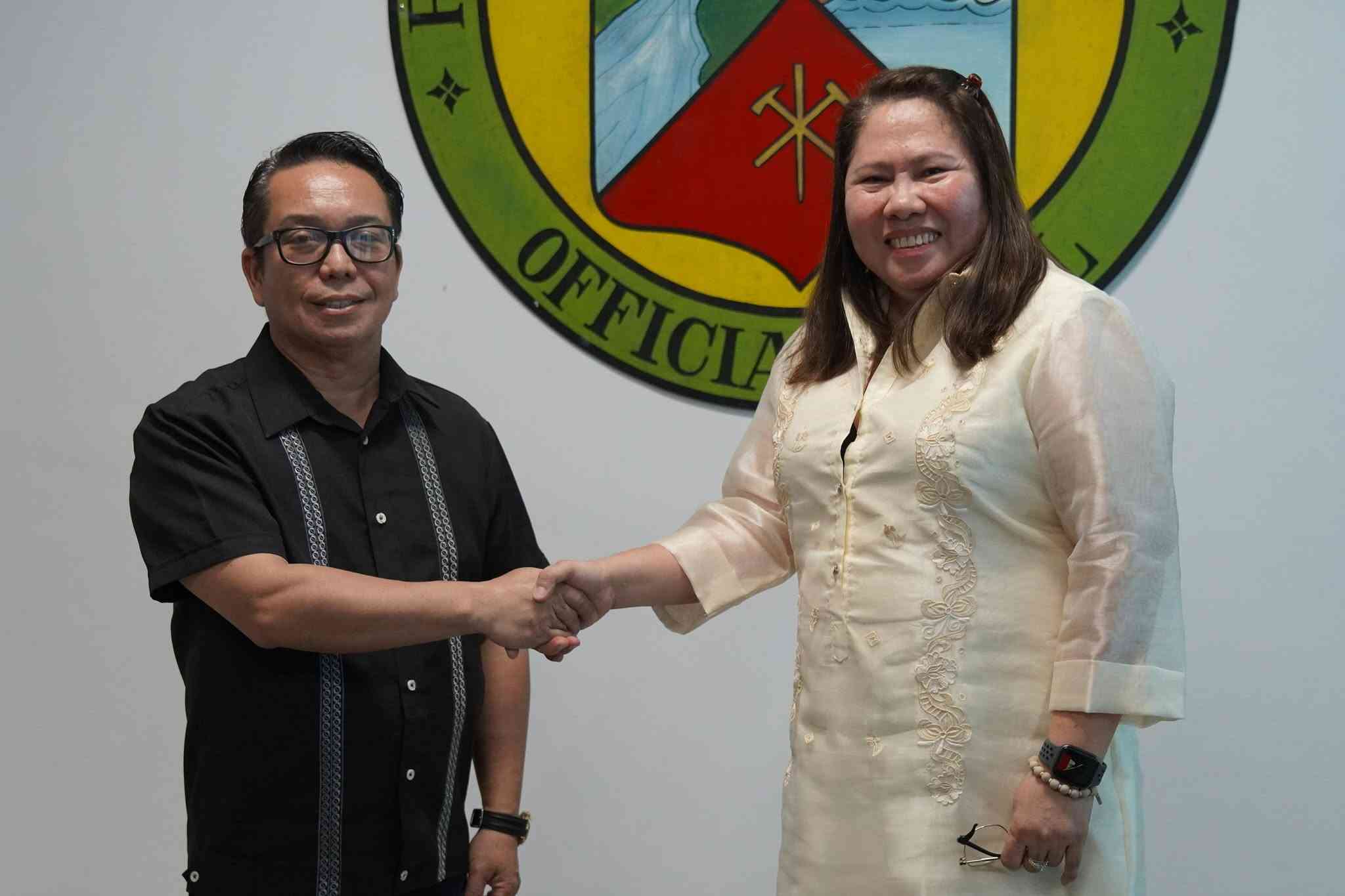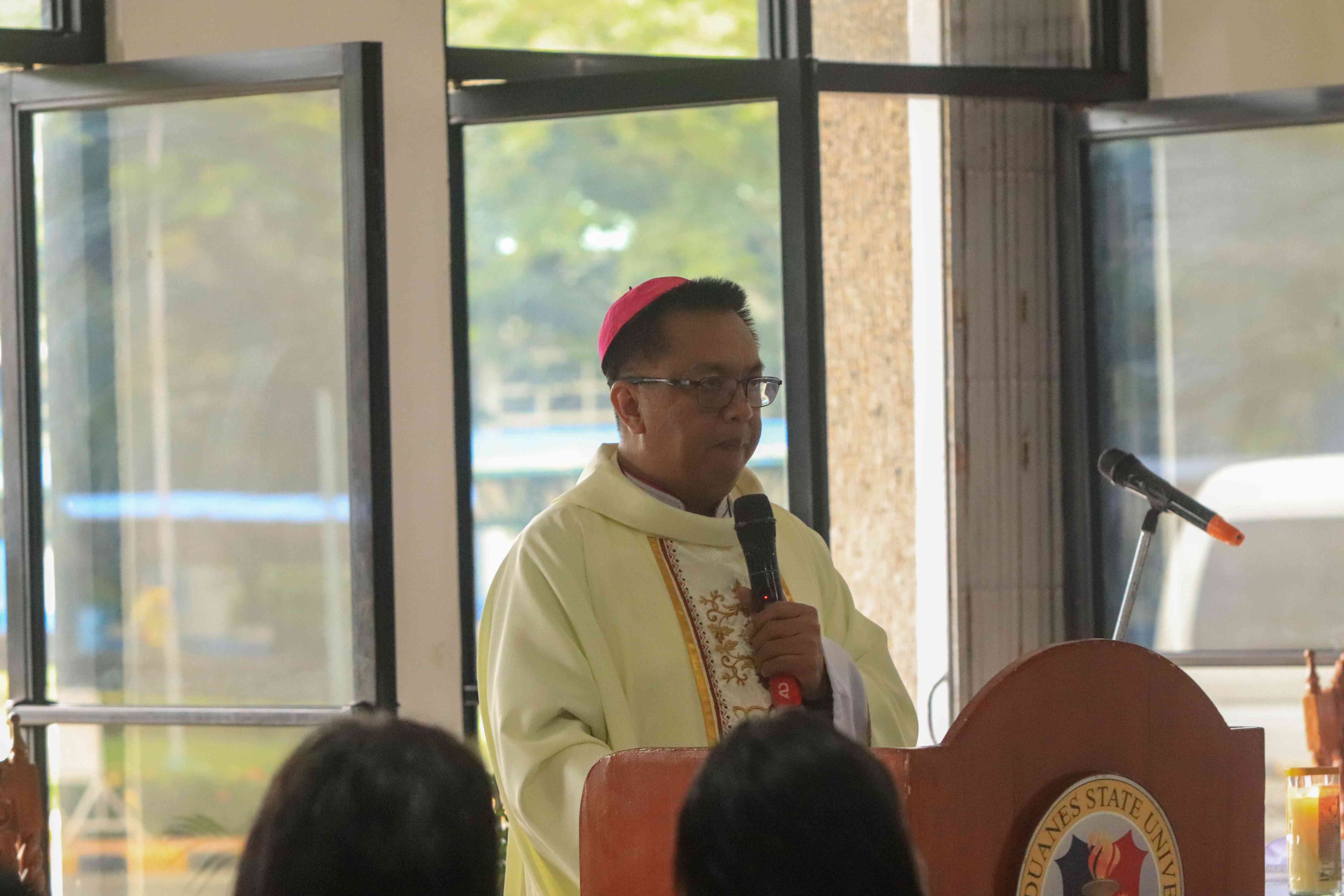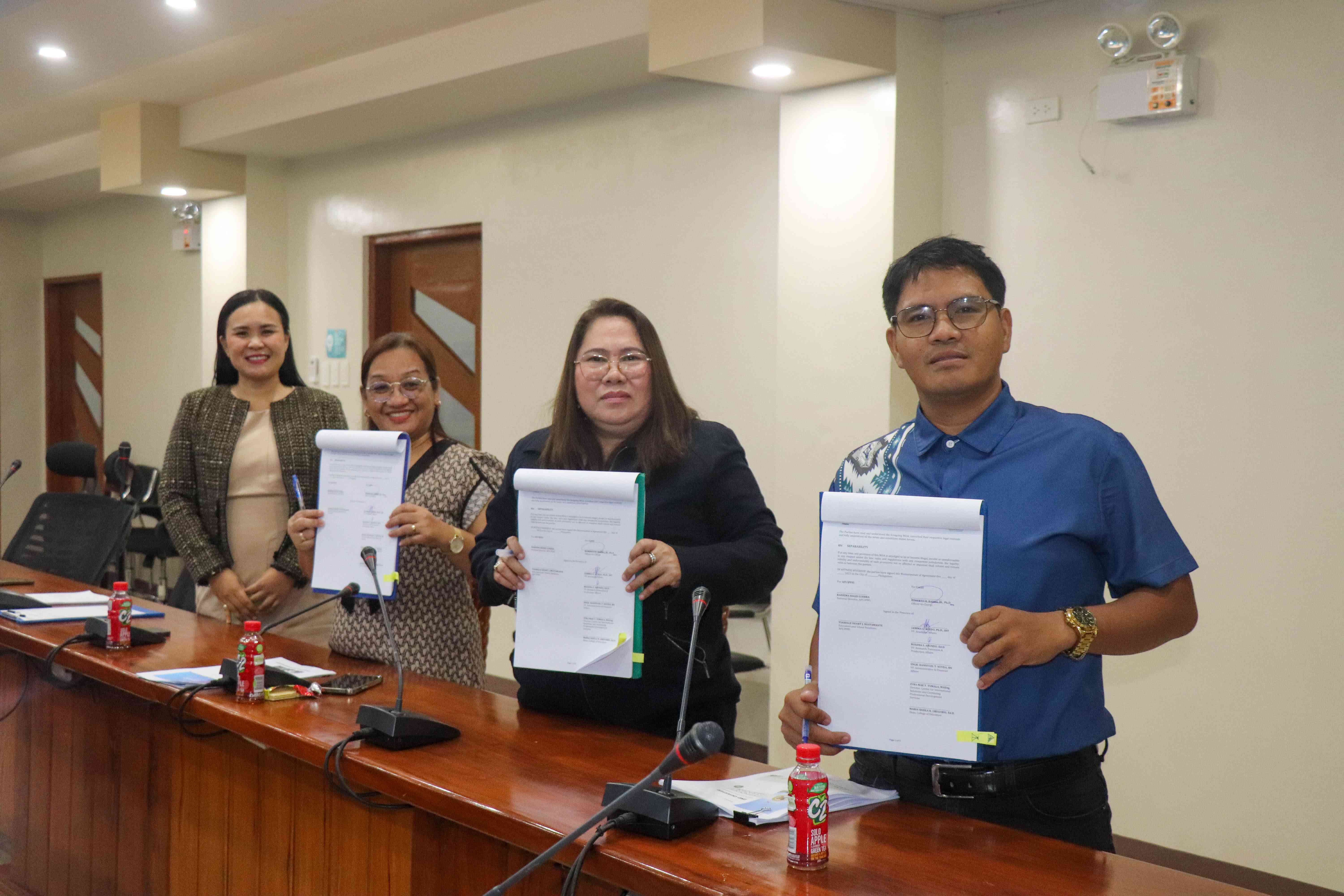Green Gold of Catanduanes: How CatSU's Malunggay Project will be Feeding the Future
ExtensionCatanduanes State University (CatSU) is turning the humble green malunggay tree into a gold powerhouse of health, sustainability, and community empowerment. Dubbed “Pisog: A Thousand Hills Project,” this province-wide initiative is more than a greening effort—it’s a nutritional lifeline, and a bold step toward climate resilience. Led by former Officer-in-Charge Dr. Roberto B. Barba, Jr., and Project Coordinator Aileen S. Llandellar, CatSU’s campaign began on July 21–22, 2024, with the collection of malunggay cuttings from selected schools in Virac, San Andres, Caramoran, and Pandan. The collection efforts are set to continue in the coming days, expanding to more DepEd schools across the province. Thanks to a partnership with the Department of Education (DepEd), through Division Memorandum No. 520, s. 2025, schools across the island are encouraged to donate malunggay cuttings and seeds, becoming active participants in the growing movement of the University. But this green gold mission doesn’t stop at school fences. CatSU has also partnered with the Department of the Interior and Local Government (DILG) – Catanduanes to engage barangays across the province. Everyone—from teachers and students to farmers and families—will now be part of a living, and breathing network of sustainability. 𝗠𝗮𝗹𝘂𝗻𝗴𝗴𝗮𝘆: 𝗧𝗵𝗲 𝗧𝗿𝗲𝗲 𝗧𝗵𝗮𝘁 𝗚𝗶𝘃𝗲𝘀 𝗔𝗹𝗹 Often called the “miracle tree,” Moringa oleifera (locally known as malunggay) is far more than a backyard staple. “Malunggay isn’t just a vegetable—it’s a holistic health solution,” says Ms. Llandelar. Its leaves are a nutritional treasure trove: 7x more Vitamin C than oranges, 10x more Vitamin A than carrots, 17x more calcium than milk, 9x more protein than yogurt, 15x more potassium than bananas, and 25x more iron than spinach (Gopalakrishnan et al., 2016). According to a comprehensive review by Gopalakrishnan et al. (2016), moringa leaves, seeds, pods, and even roots possess remarkable medicinal properties, including antioxidant, anti-inflammatory, antidiabetic, and antimicrobial effects. It’s also used to treat malnutrition, augment breast milk, and purify drinking water. With such a profile, it’s no wonder moringa has earned the title of panacea, capable of addressing over 300 known diseases. 𝗜𝗻𝗻𝗼𝘃𝗮𝘁𝗶𝗼𝗻 𝗶𝗻 𝗘𝘃𝗲𝗿𝘆 𝗟𝗲𝗮𝗳 CatSU is thinking beyond planting. On its Tibang Farm—the project’s main propagation site—researchers will be exploring how malunggay can be transformed into capsules, teas, fortified food products, and organic powders. This opens a promising economic horizon for local entrepreneurs and communities. What’s more, every part of the plant has value: leaves for food and medicine, seeds for oil and water purification, branches and stems for compost or fuel, and roots and bark for traditional healing. This zero-waste approach embodies the project’s ethos of sustainable, and inclusive development. 𝗙𝗿𝗼𝗺 𝗚𝘂𝗹𝗮𝘆𝗮𝗻 𝘁𝗼 𝗚𝗹𝗼𝗯𝗮𝗹 𝗩𝗶𝘀𝗶𝗼𝗻 The Pisog initiative aligns closely with the Gulayan sa Paaralan Program (GPP) and School-Based Feeding Program (SBFP), first promoted under DepEd Memorandum No. 238, s. 2008. But while those programs focused on supplementing school nutrition, CatSU’s initiative elevates malunggay to the frontlines of public health and climate adaptation. By involving educational institutions and local governments, the project fosters a grassroots model of sustainability. From planting trees to producing health supplements, the community is not just participating — it’s co-creating the future. 𝗦𝗼𝘄𝗶𝗻𝗴 𝗦𝗲𝗲𝗱𝘀 𝗼𝗳 𝗥𝗲𝘀𝗶𝗹𝗶𝗲𝗻𝗰𝗲 Malunggay grows fast and thrives in hot, humid climates like Catanduanes. Its resilience against drought and poor soil makes it a perfect green ally in the fight against climate change and food insecurity. More importantly, it plants more than just trees—it plants purpose, especially among the youth. By integrating this effort into schools and barangays, CatSU is cultivating a culture of responsibility and innovation. 𝗔 𝗚𝗿𝗲𝗲𝗻𝗲𝗿, 𝗛𝗲𝗮𝗹𝘁𝗵𝗶𝗲𝗿 𝗧𝗼𝗺𝗼𝗿𝗿𝗼𝘄 As thousands of malunggay trees would take root across the province, these would also plant thousands of hopes — for a healthier population, empowered communities, and an economy grounded in sustainability. The Pisog project proves that sometimes, the most extraordinary solutions come from the most ordinary places—a backyard tree, a school garden, a university campus. In the future, malunggay won’t just be a staple on every Catandunganon family’s table — it will be a symbol of a greener, healthier, and more resilient province. So the next time you pass a malunggay tree, remember: it may look ordinary, but it’s quietly changing the world. 𝗦𝗼𝘂𝗿𝗰𝗲: Gopalakrishnan, L., Doriya, K., & Kumar, D. S. (2016). Moringa oleifera: A review on nutritive importance and its medicinal application. Food Science and Human Wellness, 5(2), 49–56. https://doi.org/10.1016/j.fshw.2016.04.001
